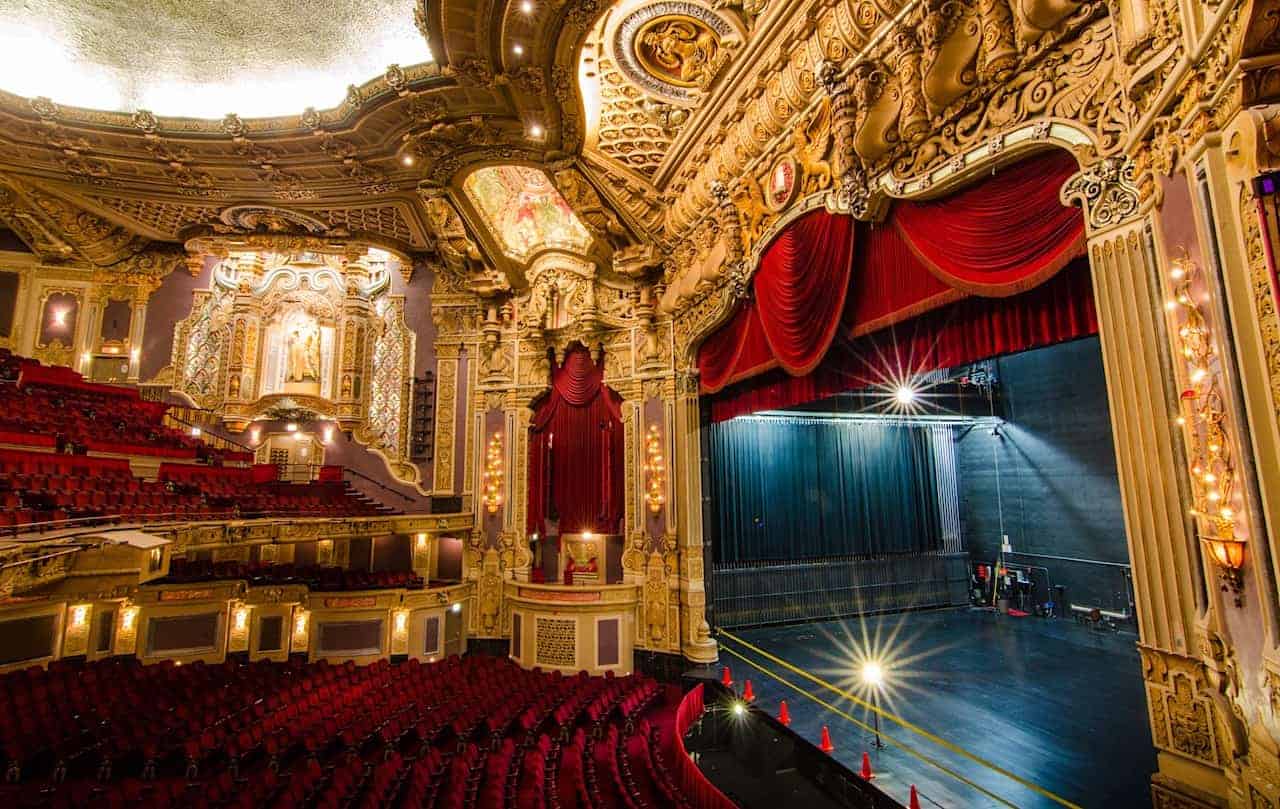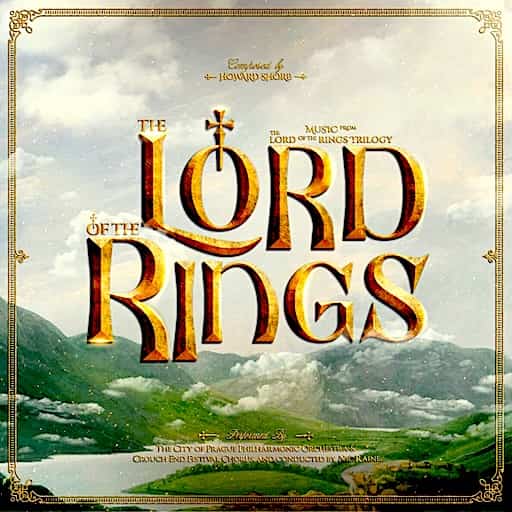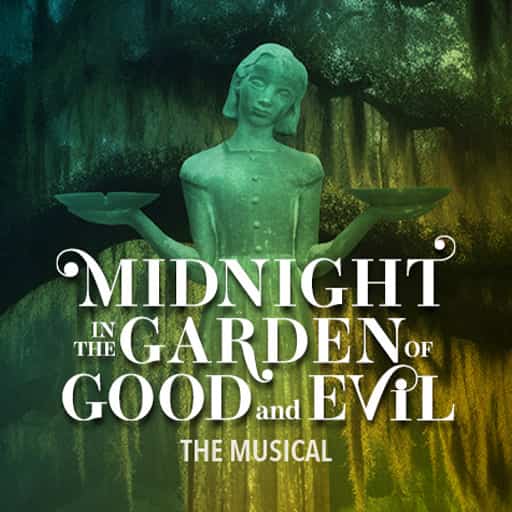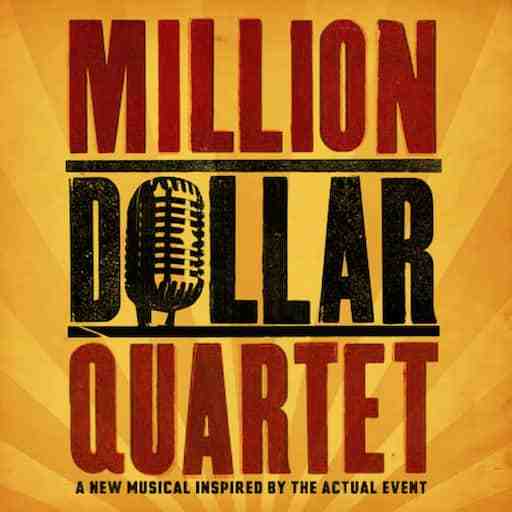
The Chicago Theatre, initially called the Balaban and Katz Chicago Theatre, stands as a historic landmark on North State Street in Chicago’s Loop area. Since its opening in 1921, this theater has been a pioneer among the nation’s movie palaces, known for its extravagant and opulent design. Its rich history and architectural importance have cemented its status as one of the most iconic and beloved venues in the United States.
History and Architecture:
Opening: The Chicago Theatre was designed by architects Cornelius W. Rapp and George L. Rapp and was the flagship for the Balaban and Katz (B&K) group of theaters. It opened on October 26, 1921, with the silent film “The Sign on the Door” starring Norma Talmadge.
Design: The building’s exterior has a miniature replica of the Arc de Triomphe in Paris, reflecting the Rapp brothers’ affinity for French Baroque architecture. The grand lobby is modeled after the Royal Chapel at Versailles, and the grand staircase might remind you of the Paris Opera House.
Auditorium: The auditorium itself was designed in a neoclassical style with a Rococo flair. It can seat over 3,500 people and originally included an orchestra pit with space for a large theater organ, essential for accompanying silent films.
Cultural Significance:
The Chicago Theatre was a star during the movie palace boom of the 1920s, serving as a primary venue for first-run films, and live shows, and offering a lavish retreat for Chicagoans. However, with the advent of television and the expansion of suburban multiplexes, the theater experienced a significant decline. By the 1970s, it faced potential demolition but was ultimately rescued and restored. It triumphantly reopened in 1986 with a performance by Frank Sinatra, marking a pivotal moment in the revival of the North Loop area.
In recognition of its historical and cultural significance, The Chicago Theatre was added to the National Register of Historic Places in 1979 and declared a Chicago Landmark in 1983. These designations have helped preserve the theater as a cherished institution for both the city and its visitors, ensuring its legacy continues for future generations.
Modern Usage:
Today, The Chicago Theatre has transcended its original role as a movie palace to become a versatile venue for a diverse array of live performances. It hosts everything from concerts and stage plays to magic shows and comedy nights. The theater’s iconic marquee, emblazoned with “The Chicago Theatre” in its distinctive script, stands as a beloved symbol of the city, celebrating Chicago’s rich history in entertainment and continuing to draw audiences from around the world.
The Chicago Theatre continues to be a vital part of Chicago’s cultural landscape, drawing both locals and tourists to its grand auditorium for a diverse array of performances. Its story is one of both grandeur and resilience, emblematic of the broader narrative of urban America’s 20th-century entertainment palaces.























